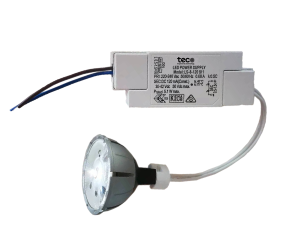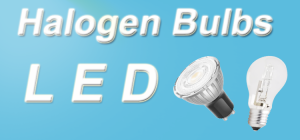Introduction
Dimming systems for MR16 LED bulbs have been a hot topic among lighting professionals and homeowners alike. With technological advancements in LED lighting, understanding MR16 LED dimming systems is essential for maximizing efficiency, setting the right mood, and even saving on your electricity bills. This comprehensive guide delves into the nuts and bolts of MR16 LED dimming systems, aiming to demystify the technology behind it and provide practical insights.
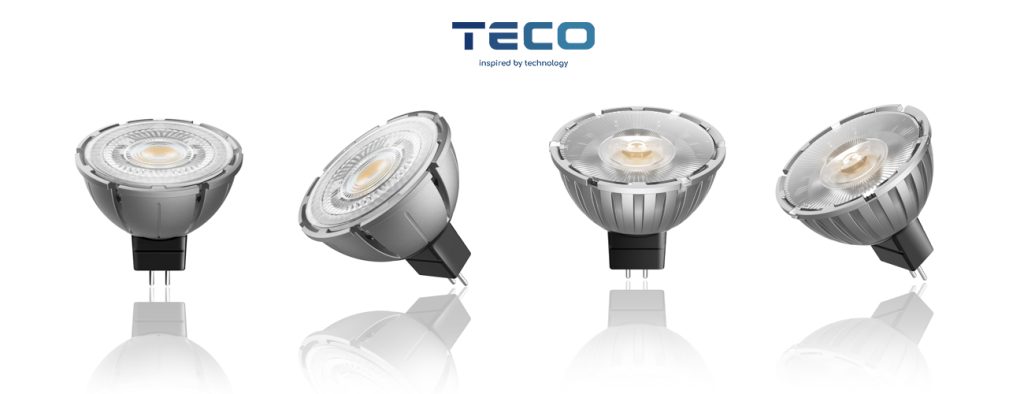
What is an MR16 LED?
MR16 LED bulbs are a type of low-voltage lighting solution renowned for their energy efficiency and longevity. They are commonly used in track lighting, retail displays, and accent lighting.
The Importance of Dimming Systems
Having an efficient dimming system for your MR16 LED bulbs not only allows you to control the light intensity but also helps you achieve energy conservation and extends the lifespan of your lighting solution.
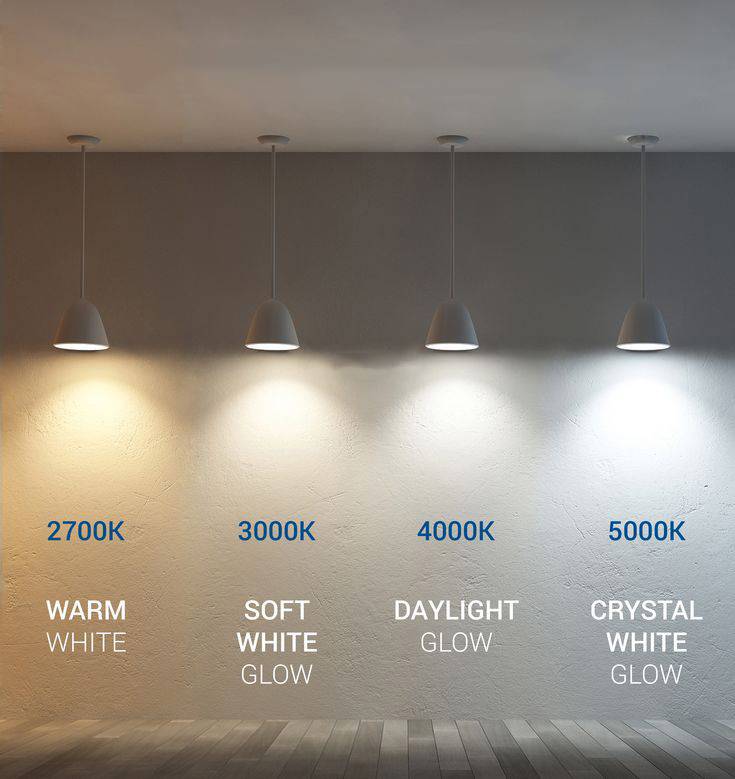
The Basics of Dimming MR16 LED Bulbs
Types of Dimming Methods
- Phase-Cut Dimming: A Pragmatic Overview, It’s a time-tested phase-cut dimming technology, a classic yet potent method to control your lighting environment. This technique is primarily divided into two variations: leading-edge and trailing-edge dimming. At Teco, we’ve diligently explored the realm of triac-dimmable LED technology, bringing forth solutions that harmonize tradition with modern-day requirements.
- Leading-Edge Dimming:
- Imagine the electrical wave as a circular track. Leading-edge dimming is like a sprinter who starts the race right off the bat, cutting the voltage at the beginning of each cycle.
- It’s a tried-and-true method, compatible with many types of lights including our advanced LED solutions.
- Trailing-Edge Dimming:
- Now, picture a more composed runner who takes a pause before sprinting, cutting the voltage towards the end of the cycle.
- This variant is particularly gentle on the electronics and is quieter in operation.
- The Goodies:
- Precision Control: Phase-cut dimming allows for precise control over lighting levels, enabling you to create the perfect ambiance for any setting.
- Energy Efficiency: By modulating the voltage, you essentially consume less energy when the lights are dimmed, contributing to lower energy bills.
- Extended Bulb Life: The gentle handling of voltage extends the lifespan of your bulbs, making this a cost-effective choice in the long run.
- Compatibility: Our triac-dimmable LED solutions are engineered to be compatible with existing dimming systems, ensuring a smooth transition to modern lighting without the need for extensive rewiring.
- Interoperability: This technology plays well with others, making it a flexible choice in varied lighting scenarios, be it your home or a commercial space.
- The Not-So-Goodies:
- Potential Flickering: In some scenarios, especially at lower dimming levels, flickering may occur. However, with Teco’s robust LED solutions, this is greatly mitigated.
- Compatibility Hitches: While our LEDs are designed for broad compatibility, not all existing systems may play nice with phase-cut dimming.
- In essence, phase-cut dimming is a robust, reliable, and resourceful method to manage your lighting environment. Teco’s foray into triac-dimmable LED technology is all about optimizing the good while minimizing the drawbacks. So, if the idea of precise control, energy savings, and a smooth blend of old and new intrigues you, the phase-cut dimming avenue is one well worth exploring.

- PWM (Pulse Width Modulation): This method involves varying the width of the electrical pulse sent to the LED bulb, effectively controlling its brightness.
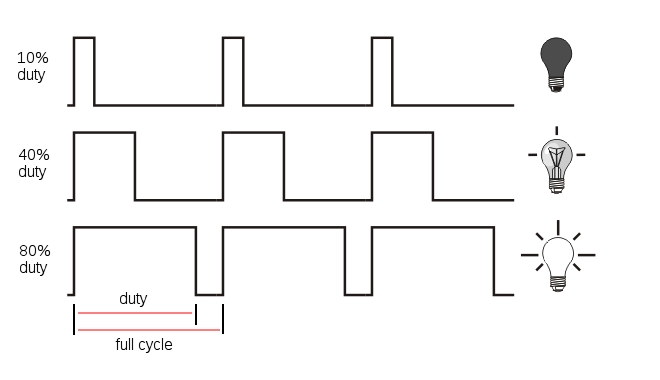
- 0/1-10V Dimming: 1-10v dimming system is a commonly used method for controlling the brightness of lighting fixtures. It involves using a control signal that ranges from 0 to 10 volts to adjust the light output. This type of dimming system is also sometimes referred to as 1-10V dimming.
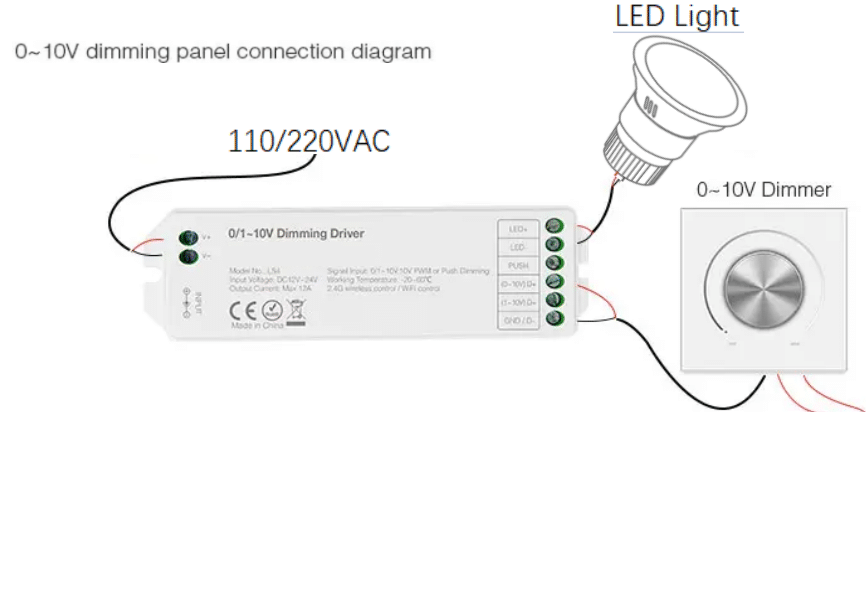
- DMX512 dimming:
- The DMX512 protocol was initially developed by the USITT (American Society of Theater Technology) as a means to control dimmers using a standard digital interface for consoles. While DMX512 has surpassed analog systems in many ways, it cannot entirely replace them. However, due to its simplicity, reliability (when properly installed and used), and flexibility, DMX512 is often the preferred protocol when the budget allows.
- In practical applications, the typical control method for DMX512 involves designing the power supply and controller together. The DMX512 controller manages 8-24 lines and directly drives the RGB line of the LED lamps. However, in architectural lighting projects, the DC line experiences significant weakening over a distance of approximately 12 meters. Consequently, a controller needs to be installed at this distance, and the control bus operates in parallel mode. As a result, the wiring for the controller becomes extensive and, in some cases, impractical to implement. Additionally, the receiver of DMX512 requires address settings to receive clear dimming commands, which can be inconvenient in practical applications. When multiple controllers are interconnected to control complex lighting solutions, the design of operating software also becomes more intricate. Therefore, DMX512 is better suited for scenarios where lamps are concentrated together, such as stage lighting.
- One disadvantage of the DMX controller is that it necessitates a special wiring layout and type, as well as programming to set basic colors and scenes. These requirements can lead to higher costs for maintenance in the long run.
- DALI system: It’s a digital dimming system, the DALI (Digital Addressable Lighting Interface) standard delineates a structured network, encompassing up to 64 units, each with unique addresses, along with 16 groups and 16 scenes. This structure allows for flexible grouping of different lighting units on the DALI bus, facilitating various scene control and management functionalities. In real-world applications, a typical DALI controller manages between 40 to 50 lamps, which can be organized into 16 groups, with the capability of processing certain actions concurrently. Within a DALI network, it’s feasible to process 30 to 40 control instructions every second. This translates to a requirement for the controller to handle two dimming commands per second for each lighting group. Unlike a genuine point-to-point network, DALI supersedes the traditional 1-10V voltage interface to regulate the ballast. The distinctive advantage of DALI over 1-10V dimming is that each node possesses a unique address code and feedback mechanism. Moreover, long-distance dimming does not result in signal attenuation as seen in 1-10V systems, although it’s advisable to limit this distance to 200 meters in practical engineering applications.
- It’s evident that DALI may not be the optimal choice for LED lighting control, given that a DALI network can only manage 21 full-color LED lamps. DALI is primarily geared towards traditional lighting control, emphasizing static control, system reliability, stability, and compatibility. Conversely, LED lighting systems are significantly larger in scale compared to DALI systems, with a primary focus on achieving artistic lighting effects while also considering system intelligence. This necessitates connecting the system to a larger bus network, thus enabling unlimited expansion capabilities and higher scene refresh rates. Consequently, DALI systems are often integrated as subsystems within larger bus networks in extensive lighting projects.
- Advantages: DALI dimming employs a dedicated protocol, bolstering interoperability among different brands. Each DALI device is assigned a separate address code, enabling true single-light control. Additionally, the bidirectional communication feature facilitates timely queries and provides insights into equipment status and information.
- Disadvantages: Nonetheless, challenges persist with signal line layout and the relatively high cost. It’s noteworthy that the current DALI dimming driver requires standby power consumption even when the light is turned off, to ensure the microcontroller remains in a standby state at all times.
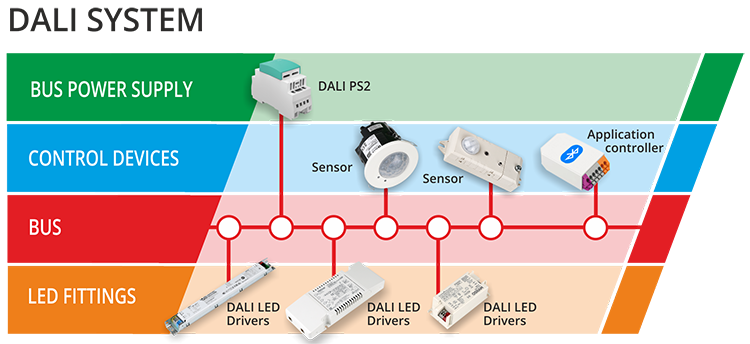
LED bulb compatibility Issues
Not all MR16 LEDs are compatible with every dimming method. Always consult with the manufacturer or an experienced electrician when choosing a dimming system.
Triac dimmable LEDs are known for their affordability when compared to PWM dimming and DALI dimming options. However, one drawback of triac dimming is its compatibility issue. Not all MR16 LED bulbs are compatible with leading-edge and trailing-edge dimming systems.
Fortunately, Teco has been committed to triac dimming from the beginning. As a result, Teco’s dimmable MR16 bulbs are compatible with a wide range of popular electronic transformers and dimmers. This is particularly beneficial for the Australian market, which features numerous brands of dimmers and electric transformers.
How to Choose the Right MR16 LED Dimming System
Consider Your Needs
Do you need the dimming function for mood lighting or energy efficiency? Knowing your requirements can help you select the right system.
Check Compatibility
Make sure your MR16 LED bulbs are compatible with the dimmer you plan to use. Incompatibility can lead to flickering, shortened bulb life, or even complete system failure.
Tecolite highly recommends opting for a tailing-edge dimmer to perfectly complement your lamps. In order to achieve the best lighting experience, we suggest considering the Philips ET-E10 or ET-H10 electric transformer. These transformers are specifically recommended due to their exceptional performance and compatibility with a wide range of lighting fixtures. By selecting these top-notch products, you can ensure optimal functionality and enhance the ambiance of your space. Trust Tecolite’s expertise and make your lamp setup truly outstanding with the help of these recommended dimmers and transformers.
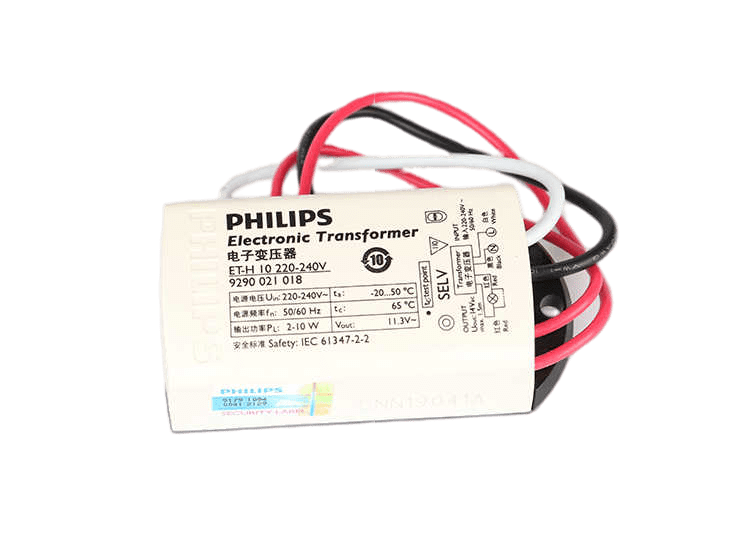
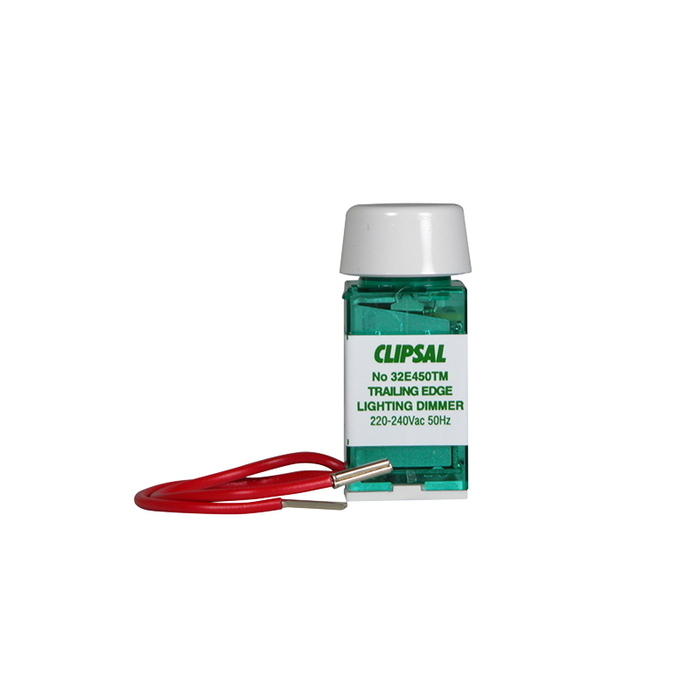
Practical Tips for Setting Up Your Dimming System
- Check the Wiring: Make sure the wiring in your space can handle the dimming system.
- Test Before Full Installation: Always test a new dimming system before installing it throughout your space.
- Consider Smart Dimmers: These offer remote control via a smartphone app, providing you with maximum flexibility.
Conclusion
Understanding MR16 LED dimming systems is vital for anyone looking to make the most of their lighting setup. From the types of dimming methods to practical tips for setup, this guide aims to cover all the bases. With this information, you’re well on your way to making an informed decision about the best dimming system for your MR16 LED bulbs.
Further Reading
- “The Science of LED Dimming”
- “LED Dimming: What You Need to Know”
FAQ
1. Can I use my old dimmer switch with new MR16 LED bulbs?
It depends on the compatibility. Always check with the manufacturer’s guidelines to avoid any electrical issues.
2. How can I ensure that my dimming system is energy-efficient?
Choose a dimming system that is specifically designed for LED technology. Many modern dimmers have features like ‘soft start’ and ‘automatic load detection’ to ensure energy efficiency.
3. Can I install an MR16 LED dimming system myself?
While some people with electrical experience might find it straightforward, it’s generally recommended to hire a certified electrician to install dimming systems.
if you have the confidence to handle it by yourself, refer to this guideline will help you.

